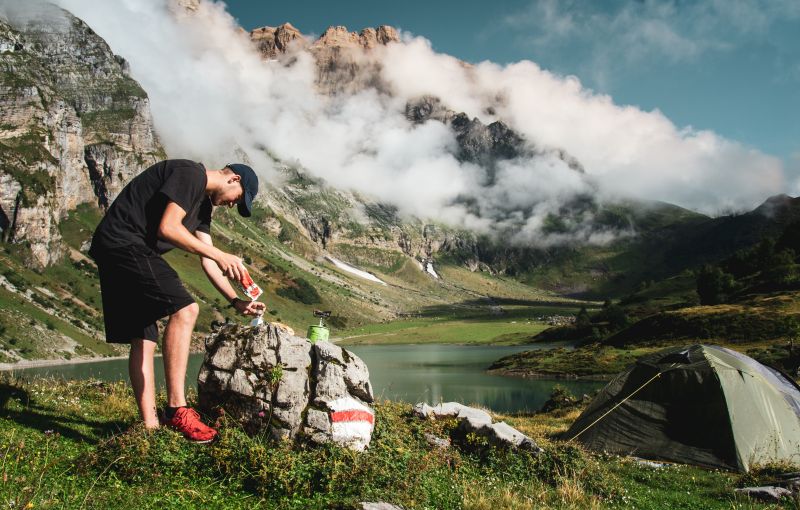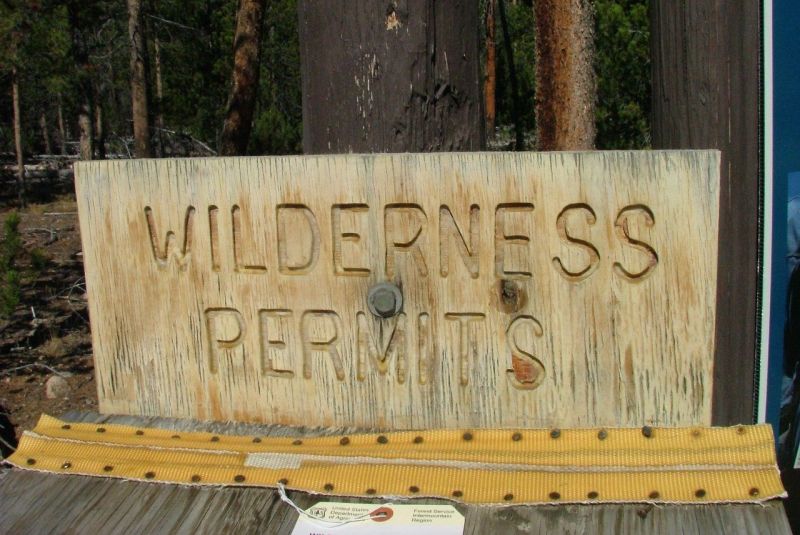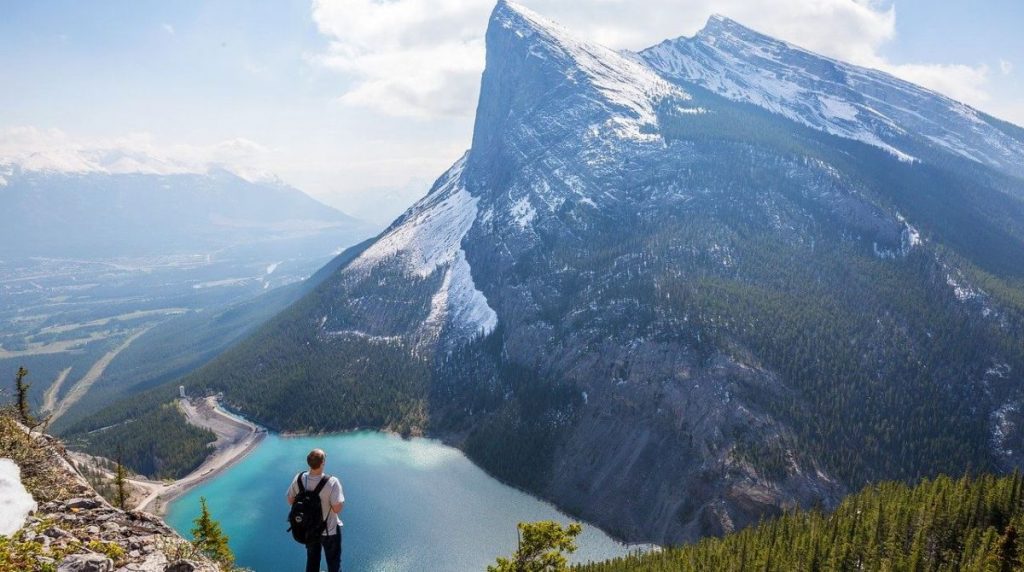Going backpacking in the wild is an incredibly interesting way of spending a few days. You get to explore the wilderness, you become one with nature, and depending on the trail you choose, you will probably get to enjoy some of the most stunning landscapes out there.
But it’s also about a lot more than just grabbing a backpack and heading off. It requires a lot of planning, it requires you to be in shape, and it requires you to have the right gear. If you aren’t sure you’re ready, you’re at the right place, because we’ll cover all the key aspects of preparing and packing for backpacking in the wild. Let’s go.
# Pack the Right Gear

Packing the right gear is arguably the most important thing to do when heading out in the wild. So, if you’ve decided that a packing checklist is a good idea, and are trying to see what you’ll need, here are the basic things you should have.
A high-quality down sleeping bag is essential. It should be suitable for the temperatures you’ll be sleeping in, and it should be able to keep you warm and dry. You should also grab a high-quality, sturdy tent that will provide protection from the elements and a much more comfortable sleeping environment.
Then there’s the backpack. A good backpack should be comfortable and sit well on your back. The key is to get one where you can achieve an even weight distribution – this will prevent pressure points that could become painful down the line. If you choose right, you’ll be able to focus on the trail and you’ll forget you’re even carrying a backpack.
Last but not least, get yourself a good collection of cooking supplies and food. Ordering pizza and burgers isn’t an option when you’re in the wild, and you want to be able to cook some basic food. While we’re talking gear, a good lamp does wonders, especially if you get a headlamp, because it keeps your hands free which is great.
# Plan Ahead
We know you might be thinking there isn’t too much to plan when you’re in the wild, but a bit of planning actually goes a long way towards making sure you’re prepared for anything you might need to deal with. You should be well aware of where you’re going, what time you should be going there, and whether or not you packed the right gear.
While some might suggest choosing the location first, we’d actually suggest choosing the dates first. If possible, you should be flexible in this regard. This allows you to reschedule if the weather is bad, the park you’re backpacking in is closed for some reason, or any other reason, really. A bit of leeway goes a long way.
We actually mentioned the dates first because picking the dates that work for you will almost instantly exclude some places that aren’t available during those times. For example, many national parks are closed during the winter, and some stay closed until the summer, too. When you’ve got a set date, you can start browsing through potential trails to hit. And while we’re at it …
Choose the right trail! Any national park will give you the ability to pick a trail that’s suitable for your skill and fitness levels, and this is especially important if your intentions are straying away from that trail and going into the wild. Don’t overestimate yourself – not only do you have a distance to cover, but you will need to cover said distance with a large, heavy backpack on your back.
And last but definitely not least, make sure you get a backcountry permit – national parks tend to offer them for free, and you should definitely have one.

Get in Shape
Yes, you. You should be in good shape if you’re going backpacking in the wild. Unlike backpacking through a city, when you’re in the wild there’s no option for someone to pick you up wherever you are, and you should be physically ready to make it through, with your backpack. Oh, and you’ll also need to save a bit of energy to set up camp when you get to your destination, too.
You should start preparing bit by bit as soon as possible. A good starting point is to do stretches and mobility exercises – these will get your blood flowing, and help a bit with movement. If you really want to do things right, throw some breathing exercises into the mix as well. They’ll not just help you with your day-to-day stress, but they’ll also help with lung capacity. And considering good lung capacity can save you from struggling to catch your breath after the first half a mile, that’s definitely something you should consider.
Hiking in nature is majestic, no matter what the trail. Hope the tips above will make you at least consider planning for an outdoor adventure. Feel we left something out? Drop us a line in the comments section below!

